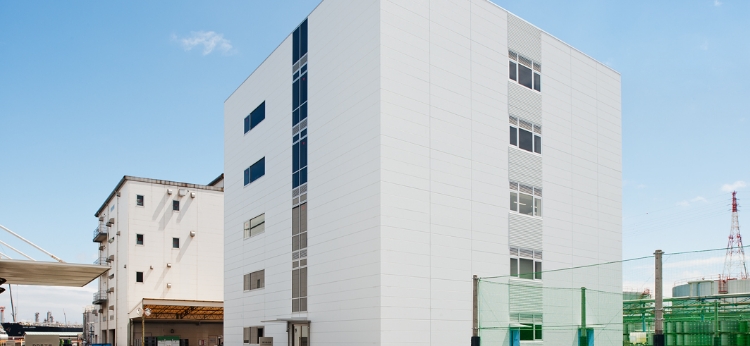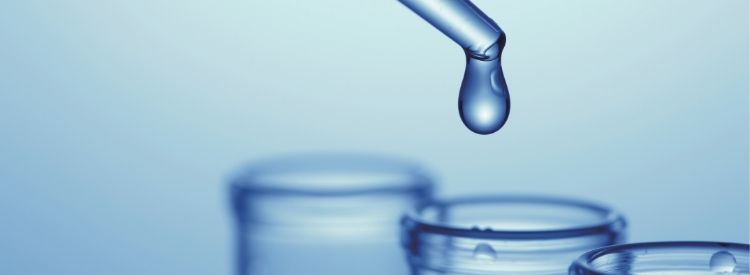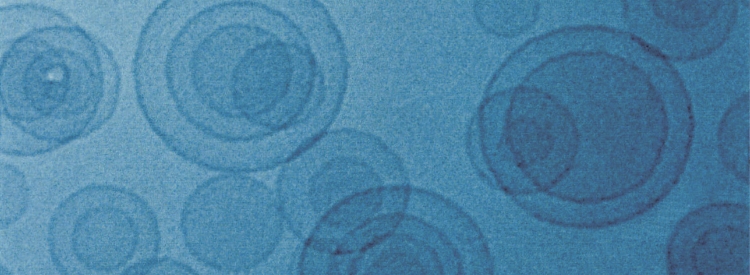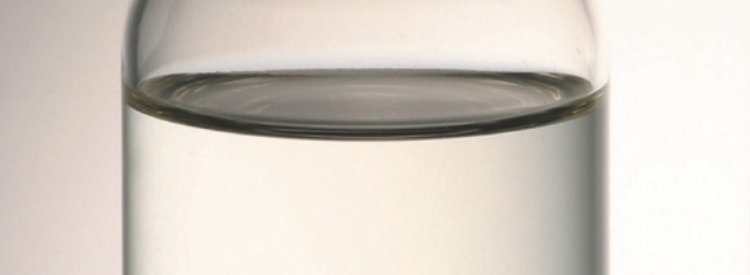Life Science
Contributing to technological innovation
in the global pharmaceutical and medical industries
with high-performance life science materials
Business Overview
1. Activated PEG for PEGylation
NOF produces the world's best quality Activated PEGs from our high-quality methoxypoly(ethylene glycol) (mPEG). NOF also supplies our proprietary high-purity branched, multi-arm and hetero-functional Activated PEGs tailored to meet our customers' PEG Drugs. NOF can supply Activated PEGs produced under GMP standards in our state-of-the-art GMP facility. NOF can help you to modify your drugs by using our PEGylation technology and our high-quality Activated PEGs.
2. Functional Lipids
Using the world's most advanced synthetic and purification technologies, NOF manufactures and supplies a series of high purity lipid derivatives (COATSOME® Series) suitable for the formulation of lipid nanoparticles for nucleic acid and gene therapy drugs, liposomal and emulsion formulations for small molecule drugs. Especially for the lipid nanoparticle formulation, We offer our proprietary ionizable lipids (COATSOME® SS Series) which enable efficient delivery of nucleic acids and low toxicity. In addition, we can respond to requests from our customers with tailor-made synthesis of any phospholipids with the desired structures.
3. Ultrapure Polysorbate 80
Polysorbate 80(HX2)™ of NOF is ultrapure Polysorbate 80 for injectable grade which has outstanding features as follows;
- Low Allergic Reaction (Low degranulation characteristics)
- Low Cell Toxicity and Low Hemolysis
- Low Peroxide, Colorless and Odorless
- Vegetable Source (No animal sources)
- Multi-Compendial (NF(USP), EP , ChP and JP)
Our Polysorbate 80(HX2)™ has an outstanding safer characteristic and will be a world wide standard product in pharmaceutical especially for injectable purpose.
4.MPC
NOF are also expanding into the fields of pharmaceuticals for eye care applications, medical devices, and diagnostics, etc., using our biocompatible material LIPIDURE® (MPC polymer (2-Methacryloyloxyethyl Phosphorylcholine polymer)) as a key material.

The life science business has 1 sales office, 4 plants and 2 research laboratories in Japan.





